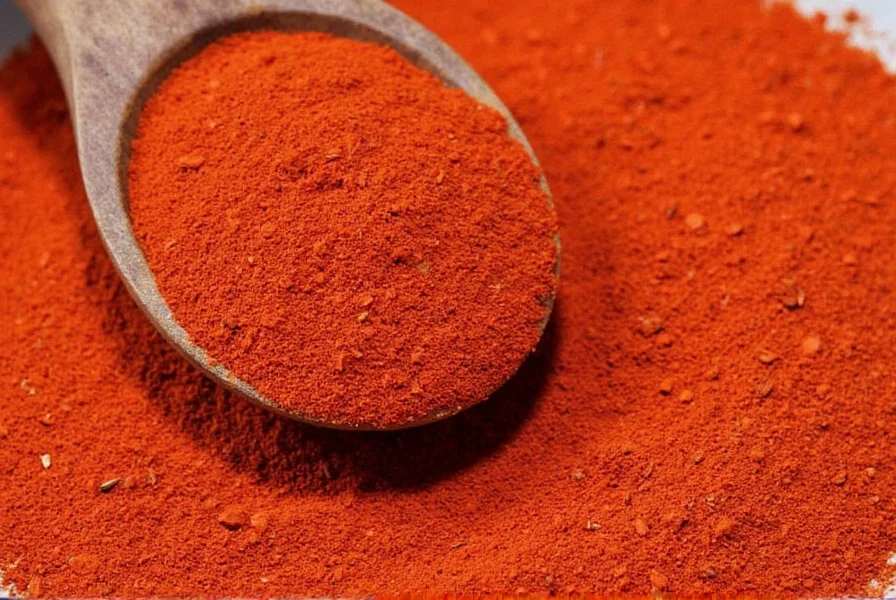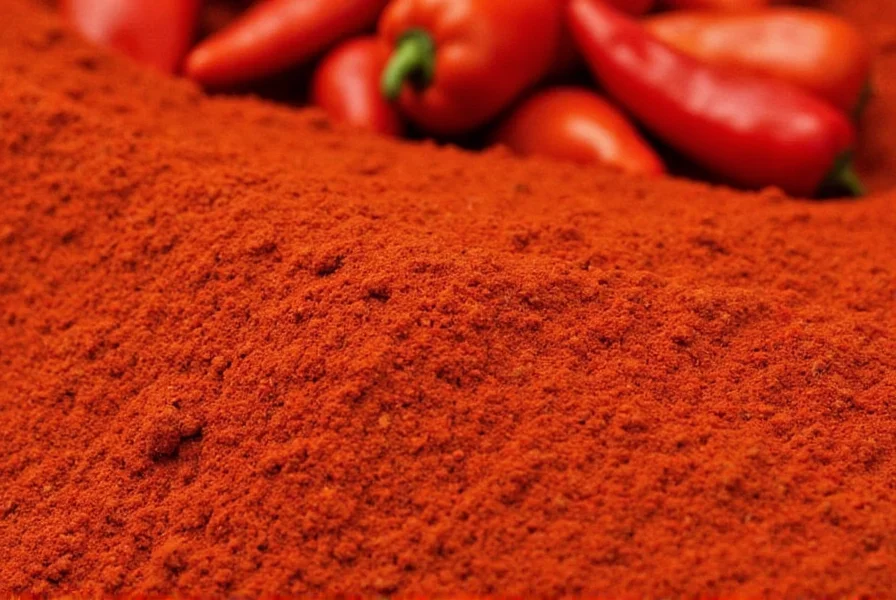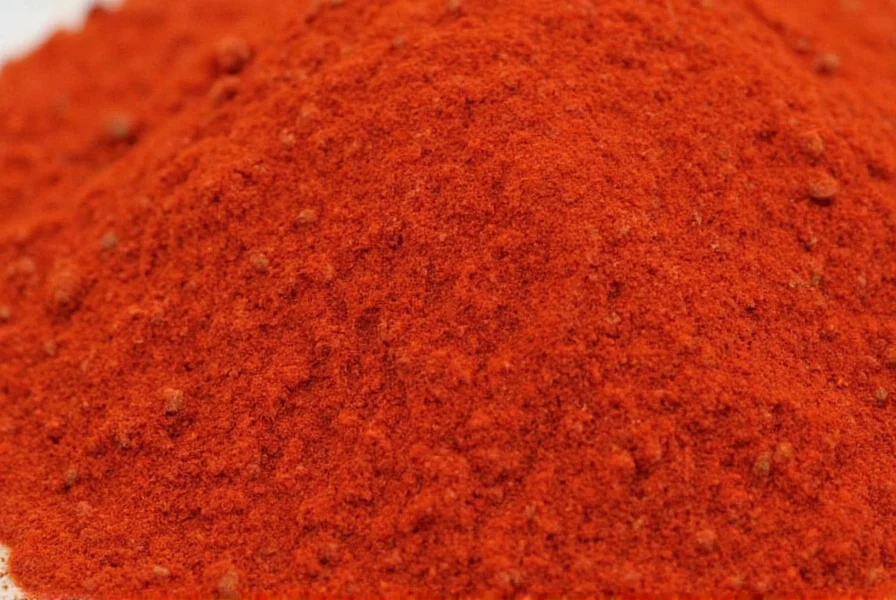As a vibrant red spice that adds both color and flavor to dishes worldwide, paprika has a rich production history spanning centuries. Understanding how paprika is made reveals why this simple spice has become a culinary staple across diverse cuisines, from Hungarian goulash to Spanish chorizo. The transformation from fresh pepper to aromatic powder involves careful selection, precise drying techniques, and specialized grinding processes that preserve the peppers' natural compounds.
The Paprika Production Process Explained
The journey from pepper plant to spice jar follows several critical steps that determine the final product's quality, color, and flavor profile. Commercial paprika production combines traditional methods with modern technology to ensure consistency and preserve the peppers' natural properties.
Pepper Selection and Harvesting
Not all peppers can become paprika. Producers select specific varieties of Capsicum annuum that have the ideal balance of color compounds, flavor, and heat level. The harvesting process is crucial—peppers must be picked at peak ripeness when their carotenoid content (which gives paprika its characteristic red color) is highest. This typically occurs when peppers turn fully red, though some varieties may be harvested at different maturity stages to achieve specific flavor profiles.
| Pepper Variety | Region of Origin | Heat Level (Scoville) | Color Profile |
|---|---|---|---|
| Kalocsai | Hungary | 0-500 | Bright red |
| Komlos | Hungary | 0-500 | Deep red |
| Ñora | Spain | 500-2,500 | Dark red |
| Ancho | Mexico/California | 1,000-2,000 | Burgundy |
Drying Techniques: Traditional vs. Modern Methods
The drying phase represents one of the most critical stages in paprika production. Traditional methods involve spreading harvested peppers in single layers on mats or strings and drying them in the sun for several weeks. This slow process allows enzymes to develop complex flavor compounds while preserving color. However, sun drying depends heavily on weather conditions and carries contamination risks.
Modern commercial production typically uses controlled environment dehydrators that maintain precise temperature (40-60°C) and humidity levels. This method ensures consistent quality year-round while preventing mold growth and preserving the peppers' carotenoids. The drying process continues until peppers reach 8-10% moisture content—any higher risks spoilage, while lower content makes grinding difficult.

Grinding and Processing
Once properly dried, peppers undergo meticulous preparation before grinding. Stems, seeds, and any damaged portions are removed, as seeds contain bitter compounds that would negatively affect flavor. The remaining pepper flesh gets ground using stone mills or specialized stainless steel grinders that generate minimal heat—excessive heat during grinding would degrade the delicate flavor compounds and vibrant color.
Commercial producers often separate the grinding process into stages. Initial coarse grinding breaks down the pepper pieces, followed by finer grinding to achieve the desired powder consistency. Some premium paprika varieties undergo multiple grinding and sifting cycles to ensure uniform particle size, which affects both appearance and how the spice disperses in food.
Quality Control and Packaging
Rigorous quality control measures determine the final paprika grade. Producers test for color intensity (measured in ASTA units), moisture content, and absence of contaminants. High-quality paprika typically scores 100-200 ASTA units, with premium varieties exceeding 180. The spice then gets packaged in light-resistant containers immediately after grinding, as exposure to light rapidly degrades the color compounds.
Regional Variations in Paprika Production
Understanding how paprika is made commercially reveals significant regional differences that create distinctive products. Hungarian paprika production follows strict regulations protecting its geographical indication status. Traditional Hungarian methods involve smoking some varieties over oak fires, creating unique flavor dimensions not found in other paprika types.
Spanish paprika (pimentón) often incorporates a smoking step using oak or holm oak wood, which imparts a distinctive smoky flavor. Producers carefully control the smoking duration to achieve specific flavor profiles ranging from sweet (dulce) to hot (picante). California paprika production typically focuses on non-smoked varieties with consistent heat levels suitable for American cuisine.
Making Paprika at Home: A Simplified Process
For those interested in the homemade paprika vs store-bought comparison, creating your own paprika follows the same basic principles but on a smaller scale. Start with fully ripened red bell peppers or mild chili varieties. After washing and removing stems and seeds, slice peppers into thin strips and dry them using a food dehydrator at 50°C for 12-24 hours, or air-dry them in a warm, well-ventilated space.
Once completely brittle, grind the dried peppers in a spice grinder or mortar and pestle. Sift the powder to remove any larger pieces, then store it in an airtight container away from light. Homemade paprika typically has a brighter, fresher flavor but shorter shelf life than commercial products due to less precise moisture control.
Factors Affecting Paprika Quality
The shelf life of paprika depends primarily on three factors: moisture content, light exposure, and oxygen contact. Properly stored paprika maintains its vibrant color and flavor for 18-24 months. The grinding process significantly impacts quality—finer powders have greater surface area exposed to oxygen, accelerating degradation. This explains why coarsely ground paprika often retains quality longer than ultra-fine varieties.
Understanding what peppers are used to make paprika helps explain flavor differences. Sweet paprika comes from mild pepper varieties with negligible capsaicin, while hot paprika incorporates peppers with higher capsaicin content. The specific growing conditions, soil composition, and climate where peppers are cultivated also contribute to subtle flavor variations between batches.

Conclusion
The process of how paprika is produced commercially combines agricultural precision with careful processing to transform simple peppers into a complex spice. From the specific pepper varieties selected to the controlled drying environments and specialized grinding techniques, each step contributes to the final product's distinctive color, flavor, and aroma. Whether enjoying traditional Hungarian paprika in a stew or sprinkling Spanish pimentón on roasted vegetables, understanding the craftsmanship behind this versatile spice enhances appreciation for its culinary role.
Frequently Asked Questions
What specific peppers are used to make paprika?
Paprika is made from specific varieties of Capsicum annuum peppers, including Kalocsai and Komlos (Hungary), Ñora (Spain), and Ancho (Mexico/California). These peppers are selected for their high carotenoid content, which gives paprika its vibrant red color, and their specific flavor profiles ranging from sweet to hot.
Why does paprika lose its color over time?
Paprika's vibrant red color comes from carotenoid compounds that degrade when exposed to light, oxygen, and moisture. Proper storage in airtight, light-resistant containers in a cool, dark place helps preserve color. Commercial paprika typically maintains its color for 18-24 months when stored correctly, while homemade versions may fade more quickly due to less precise moisture control.
What's the difference between smoked and regular paprika?
Smoked paprika (particularly Spanish pimentón) is made by drying peppers over oak or holm oak fires, which imparts a distinctive smoky flavor. Regular paprika undergoes sun or mechanical drying without smoke exposure. The smoking process creates complex flavor compounds that make smoked paprika ideal for dishes like paella, chorizo, and roasted meats, while regular paprika works better in applications where a pure pepper flavor is desired.
Can you make paprika from bell peppers?
Yes, you can make mild paprika from fully ripened red bell peppers, though traditional paprika uses specific pepper varieties with higher carotenoid content. Bell pepper paprika will be very mild with a slightly different flavor profile than commercial paprika. For best results, use completely red, ripe bell peppers and ensure thorough drying before grinding to prevent mold and achieve proper powder consistency.
How does the grinding process affect paprika quality?
The grinding process significantly impacts paprika quality. Excessive heat during grinding degrades flavor compounds and color. Stone mills or specialized low-heat grinders preserve quality better than standard electric grinders. Finer powders have greater surface area exposed to oxygen, accelerating degradation, which is why coarsely ground paprika often maintains quality longer. Multiple grinding and sifting cycles produce more uniform particle size for consistent performance in cooking.











 浙公网安备
33010002000092号
浙公网安备
33010002000092号 浙B2-20120091-4
浙B2-20120091-4